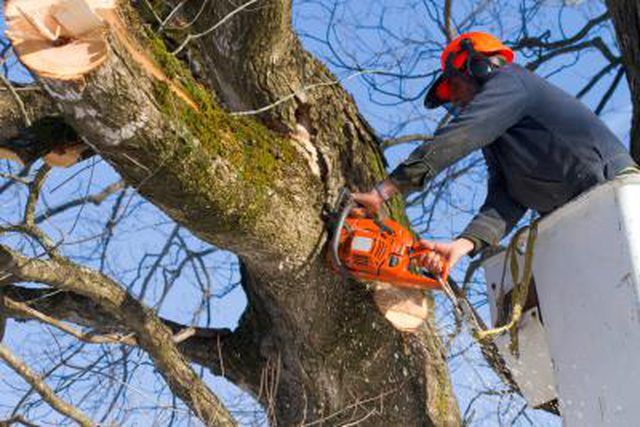Bulbs
Flower Basics
Flower Beds & Specialty Gardens
Flower Garden
Garden Furniture
Garden Gnomes
Garden Seeds
Garden Sheds
Garden Statues
Garden Tools & Supplies
Gardening Basics
Green & Organic
Groundcovers & Vines
Growing Annuals
Growing Basil
Growing Beans
Growing Berries
Growing Blueberries
Growing Cactus
Growing Corn
Growing Cotton
Growing Edibles
Growing Flowers
Growing Garlic
Growing Grapes
Growing Grass
Growing Herbs
Growing Jasmine
Growing Mint
Growing Mushrooms
Orchids
Growing Peanuts
Growing Perennials
Growing Plants
Growing Rosemary
Growing Roses
Growing Strawberries
Growing Sunflowers
Growing Thyme
Growing Tomatoes
Growing Tulips
Growing Vegetables
Herb Basics
Herb Garden
Indoor Growing
Landscaping Basics
Landscaping Patios
Landscaping Plants
Landscaping Shrubs
Landscaping Trees
Landscaping Walks & Pathways
Lawn Basics
Lawn Maintenance
Lawn Mowers
Lawn Ornaments
Lawn Planting
Lawn Tools
Outdoor Growing
Overall Landscape Planning
Pests, Weeds & Problems
Plant Basics
Rock Garden
Rose Garden
Shrubs
Soil
Specialty Gardens
Trees
Vegetable Garden
Yard Maintenance
Laws on Cutting Down Trees
Laws on Cutting Down Trees. Arboriculture law is also referred to as tree law and varies from country to country and state to state. Examples of issues which can be addressed in this law include adverse possession, boundary line encroachments, and improper trimming. There are numerous laws on cutting down trees which can vary by municipality,...
Arboriculture law is also referred to as tree law and varies from country to country and state to state. Examples of issues which can be addressed in this law include adverse possession, boundary line encroachments, and improper trimming. There are numerous laws on cutting down trees which can vary by municipality, where the tree is situated on a particular piece of property, and how old and/or healthy the tree may be. It is advised that individuals check local laws before any tree trimming or cutting takes place.
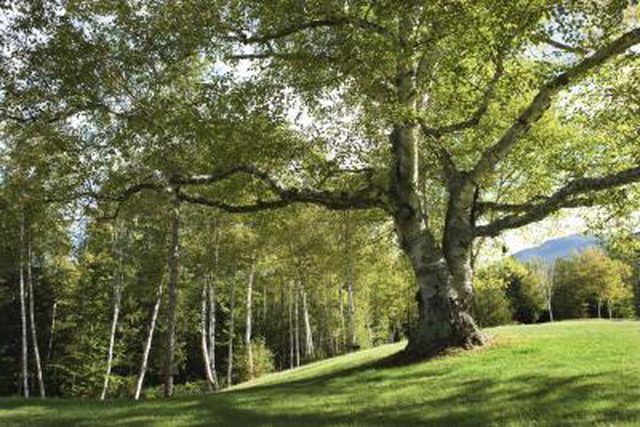
A tree belongs to the owner of the land on which it grows even if its branches or roots go over or under adjoining land. Trees that grow on boundary lines between individual properties are considered to be co-owned by the adjoining neighbors. Before any tree trimming or removal takes place, both owners need to be in agreement on the actions which will take place. Each co-owner is also responsible for any property damage brought about by a boundary tree.
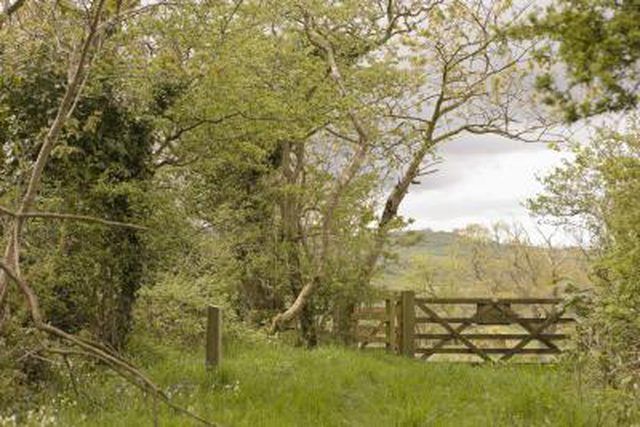
Branches which overhang a boundary line are considered to be trespassing on a property owner's air space and can be legally trimmed. One cannot go onto a neighbor’s property to trim a tree; however, branches which overhang a property line can be cut back. Roots can also be cut if they extend over the boundary line. It would be considered courteous and polite to ask permission of the owner before any actions take place eliminating the encroachment; however, it is not legally necessary. The cut wood should be offered to the owner.
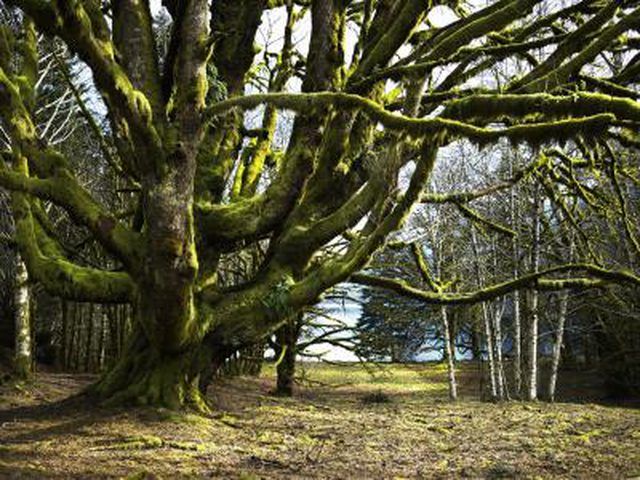
A tree owner can be held legally responsible for any resulting personal injury or property damage costs brought about by a weakened tree if he is shown to be negligent or careless. If a healthy tree falls onto a neighbor’s house or car during a high wind or bad storm, the owner would not be liable for any expenditures. These would be covered by individual property owners' insurance. A property owner is, however, responsible for ensuring an old, weak or diseased tree does not inflict any damage or injury to others.
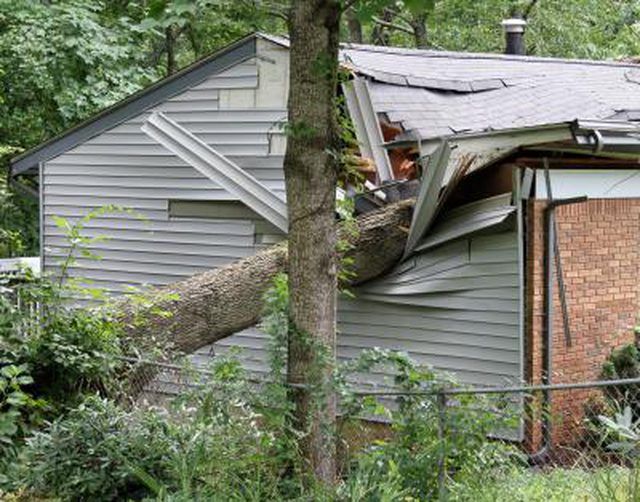
Trees cannot be removed solely to improve someone’s personal scenic view. Trees are an important ecological resource. They beautify towns and landscapes, improve the quality of the air we breathe, provide food and shelter for birdlife, and affect ground stability and water runoff.
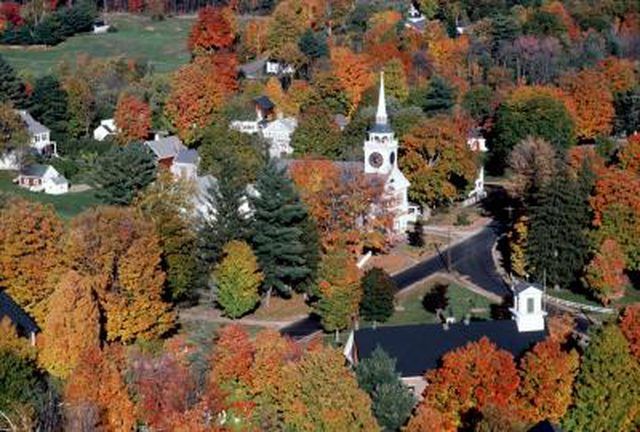
Individuals who cut, trim, top or poison trees to improve their views can be criminally charged resulting in monetary fines or prison terms. Civil suits can be filed holding an owner legally responsible to cut back branches or roots or completely remove a tree. Court proceedings can be lengthy, costly, and very emotional. It is best to work out a tree dispute before the disagreement ends in a court of law. Work diligently to arrive at an understanding with the neighbor or hire a tree surgeon to professionally assess the situation and suggest a compromise favorable to all parties.
